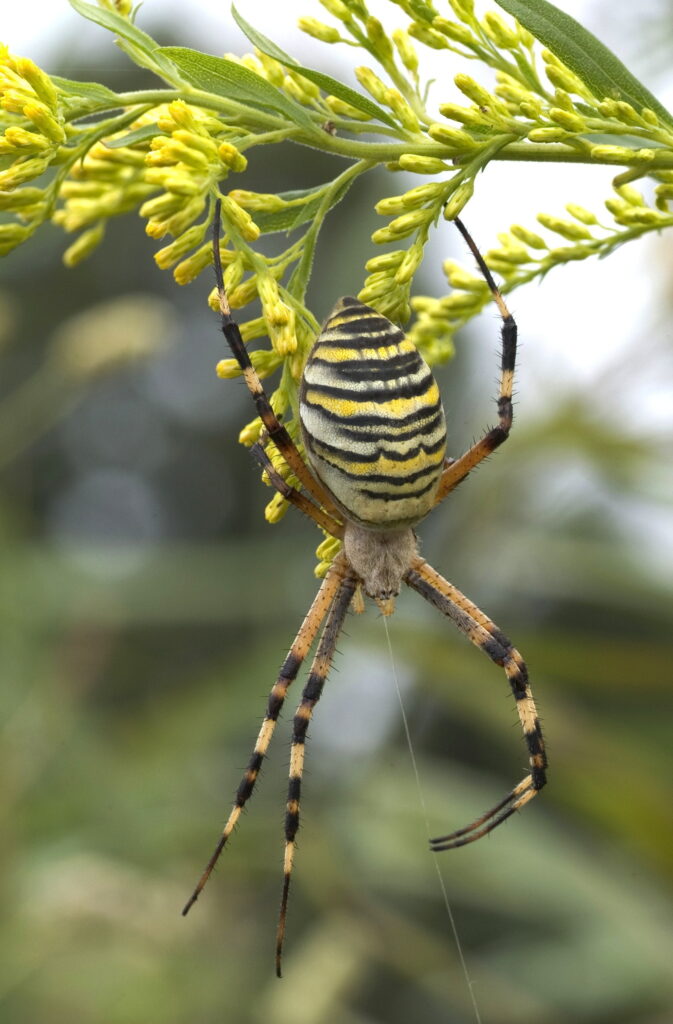Posted September 9, 2019 by Sarah Malone
Category: Spiders

Most homes are visited by spiders who have a very important role in the garden to help control pests of plants or other pests that may inflict havoc on your garden. Spiders should be regarded with respect.
However due to the fact that a lot of Australian spiders are highly toxic and can be aggressive it is important to ensure that you provide a safe environment for your family and pets.
Spiders Features
Spiders are mostly nocturnal leaving their burrows and nests in search for food at night. Webs of the web-spinning variety are made at night to catch their prey. Prey usually consists of small arthropods however cannibalism does occur usually after mating in which the female will then eat the fluids of the male.
While the venom of some spiders is fatal to humans, a lot of spider bites only cause mild irritation and swelling so it is vital that when bitten by a spider that identification is obtained.
Ground Dwelling Spiders
Ground-dwelling spiders make their homes by digging holes in the ground and live in their burrows with silken web materials. Some of these spiders are regarded as Toxic and in some areas are very Toxic.
Some common examples of ground dwelling spiders include:
Trapdoor Spider: These spiders have very strong jaws and sharp fangs. They are a stocky looking spider with thick, short legs measuring around 2.5 cm long but have been found bigger. Trapdoor spiders are brown to dark brown, heavily covered with dark hairs. Their bite is considered non-toxic but may produce some pain.
Mouse Spider: These spiders can be black or brown in colour and have short, stocky legs. The shell of these spiders is quite glossy with a high broad head and usually measure around 1-3 cm in length. The females are much bigger than the males. Males have a bluish bottom with a red head. Their bite is painful and also toxic.
Wolf Spider: These Spiders range from 1.5 cm to 5 cm and are hairy with orangish-brown to grey and black with blemishes or stripes to help it blend into its surrounding. Just like a wolf they like to chase and jump onto their prey. The bite of a Wolf Spider is painful and are toxic.
Orb Weaving Spiders
St Andrews Cross: These spiders are around 5-12 cm have a brown body with a striped abdomen, they are usually found hanging in a web in the shape of a cross. They are not aggressive and are non-toxic.
Golden Orb Weaver Spider: These spiders are dark to light brown and hairy. They are around 1-2.5cm and like to hide in foliage during the day and in their webs at night. They are not aggressive and rarely bite. They are considered non-toxic.
Other Spiders
Red Back Spider: This spider has a small black velvety body with a red stripe on its abdomen and long thin legs. Their body is usually around 3-4 cm and are found around leaves, rubbish, under tyres and stacked items around the yard. They are extremely Toxic and a bite is very painful.
Black House Spider: These spiders are dark brown to black legs with a grey body with light markings and fine velvety hair. They are usually around 2cm with a 3 cm leg span. Black House Spiders are toxic and their bite can cause pain, nausea and sweating but is not lethal.
White Tailed Spider: These spiders have a dark reddish grey oval shaped body with a white spot at the tip of their abdomen. They are roughly around 1.2-2cm. Many find them in bedding and linen cupboards. White tail spiders are toxic and their bites cause a lot of pain and blistering.
Huntsman spider: These spiders are large spiders with long legs. They are brown with flat bodies that are around 1.5 to 2cm with a leg span of up to 15cm. They are usually found in narrow spaces under back or in rock cervices. Huntsman bites are very rare and they are not toxic to humans.
Control
To help control the spiders in your household it is best to identify all spiders found and kill those that are regarded as toxic to humans.
Always take care when using pesticides in the garden as sometimes you can force the spiders into the house when they try to avoid the areas treated and for this reason it is best to have a licenced pest controller treat your home for spiders. Wet weather can also force ground dwelling spiders into the house or in swimming pools. Never remove the spiders in pools by hand as some will live on the bottom breathing through air trapped in their hair.
Always inspect footwear and clothing that has been left outside to make sure no spiders have taken shelter within. This includes toys or other articles that have been left outside.
Call us now for a free quote or if you would like any other information.
Please see the section of the website for more information on Dubbo spider control.





